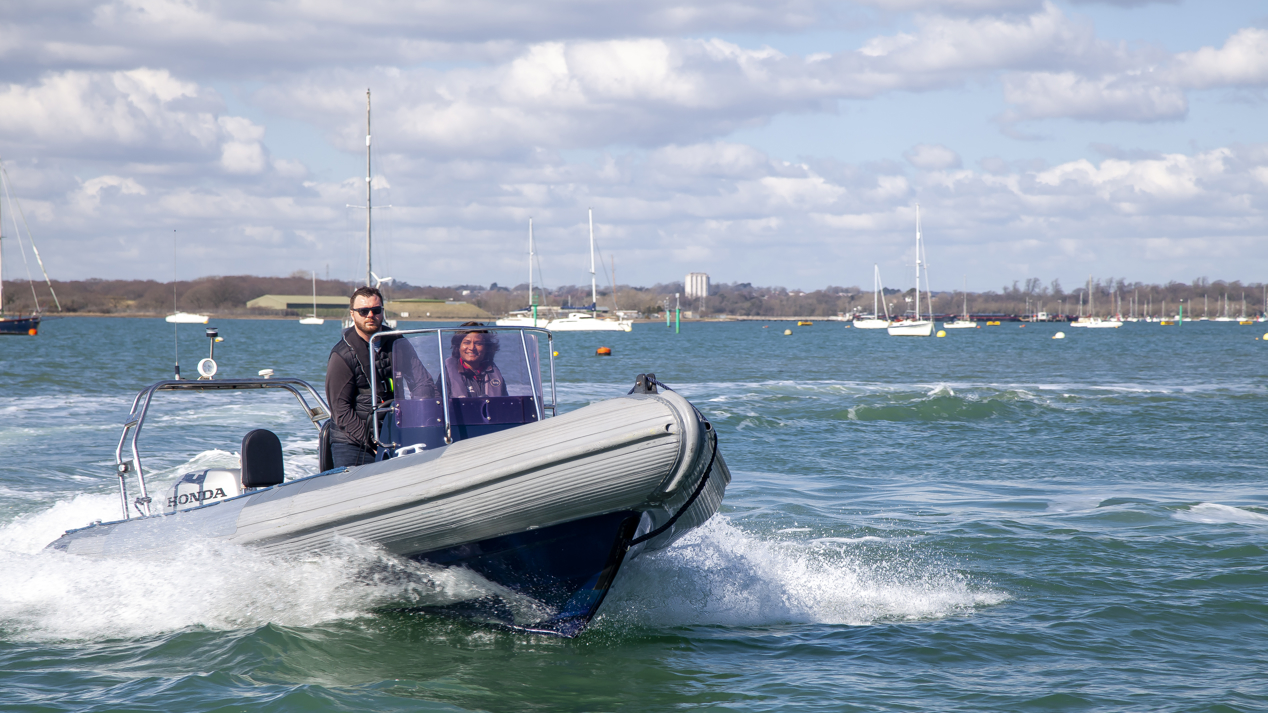Calling for help
Guidelines for skippers of pleasure vessels under 13.7m in length on the types of emergency distress alerting and locating equipment they can choose to carry based on distance from the coast and GMDSS communications sea areas
Download the guidelines
The RYA's guidelines for pleasure vessels under 13.7m in length, outlines the combinations of equipment including flares, EPIRB, and Digital Selective Calling (DSC) marine radio, you could consider carrying and using to indicate that you need assistance, depending upon the type of your vessel and where you use it.
Modern technology
Press and hold the red button on your DSC VHF and assuming power and an aerial it will transmit your distress alert until another station acknowledges it; activated, an EPIRB will transmit for about 48hours, indicating that you need help and telling the Search and Rescue authorities where your EPIRB is; fire a parachute flare and you have to cross your fingers, hope that someone is close enough, that they were looking in the right direction during the 40 seconds it will burn for, they see it and that they react.
Modern technology provides safer and more reliable options for distress alerting than flares, and presuming such technology is carried aboard a pleasure vessel, the owner may now wish to consider reducing their complement of flares.
Electronic Visual Distress Signals (EVDS) are hand-held non-pyrotechnic devices that are being offered as alternatives to pyrotechnic flares. Whilst the cost, safety of use, ease of testing and disposal of these items might be attractive, EVDS are not currently included within the list of internationally recognised distress signals (Annex IV of COLREG) and should not be relied upon to signal you need assistance unless they emit a signal which is in that list (e.g. SOS).
Location - the final mile
Simply telling someone you need help may however not be enough; they also need to be able to locate you. Search and Rescue (SAR) services, equipped with radar and specialist homing equipment, may not need anything further, but in many instances locating the vessel in need of help in the “final mile” can be challenging, especially if the rescuer is another small craft.
Traditionally a handheld red flare at night time or in poor visibility or an orange smoke by day has been the most effective solution for this “final mile” pinpointing of the vessel in distress. EVDS do now however provide a viable alternative.
Non-traditional flares
It is now possible for a pleasure vessel under 13.7m (which is not by law required to carry flares) to be equipped for distress alerting without carrying traditional pyrotechnic flares. An alerting device listed in COLREG such as EPIRB (ideally with GPS and a homing device) or DSC marine radio set (correctly connected to the GPS) which is suitable for the intended area of operation together with some form of EVDS for location in the final mile may be a suitable combination.
Download the guidelines
The RYA's guidelines for pleasure vessels under 13.7m in length, provides guidance for skippers on the types of emergency distress alerting and locating equipment they can choose to carry based on distance from the coast and GMDSS communications sea areas.
Explore our safety hub
For more information about staying safe on the water visit the RYA Safety hub.

